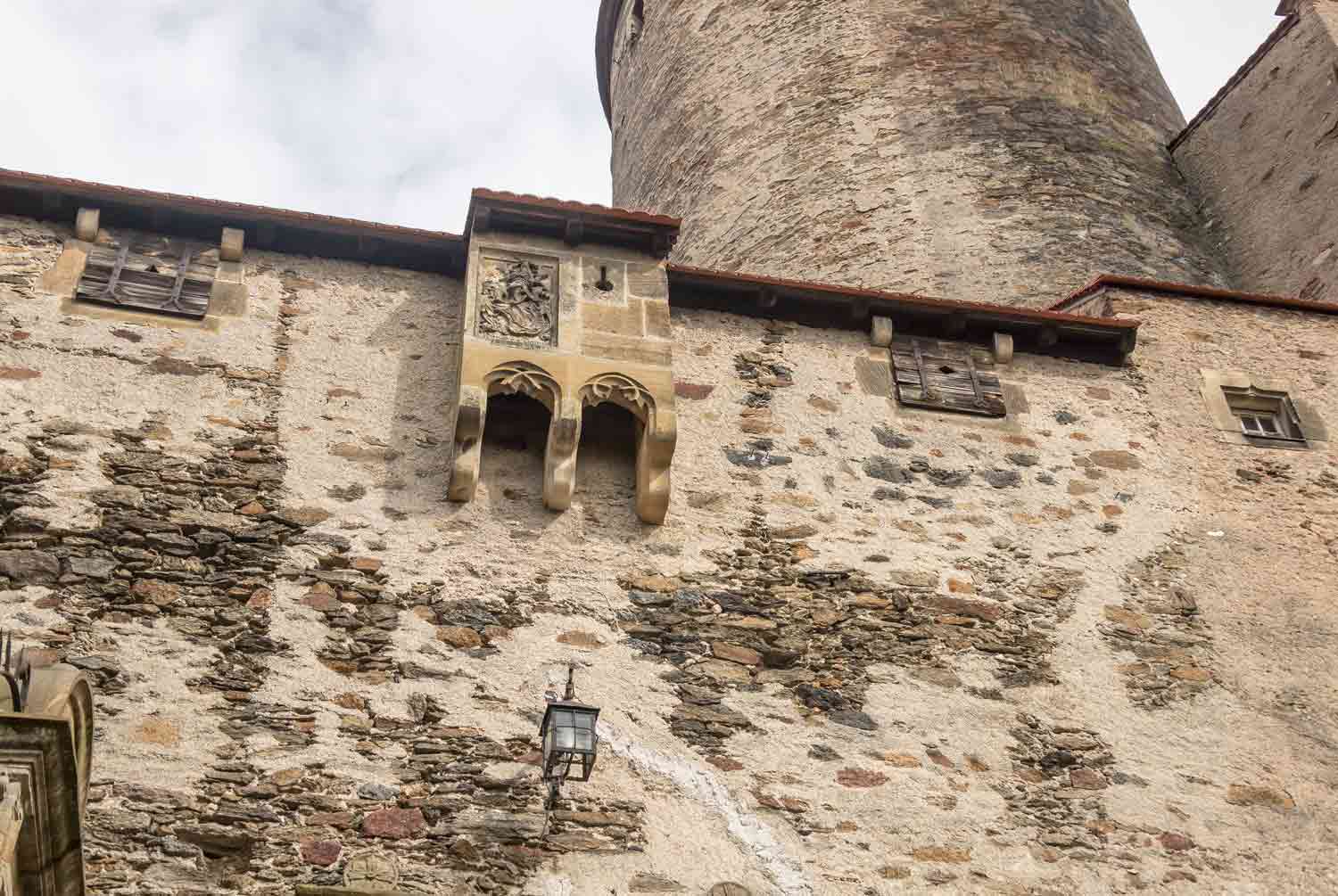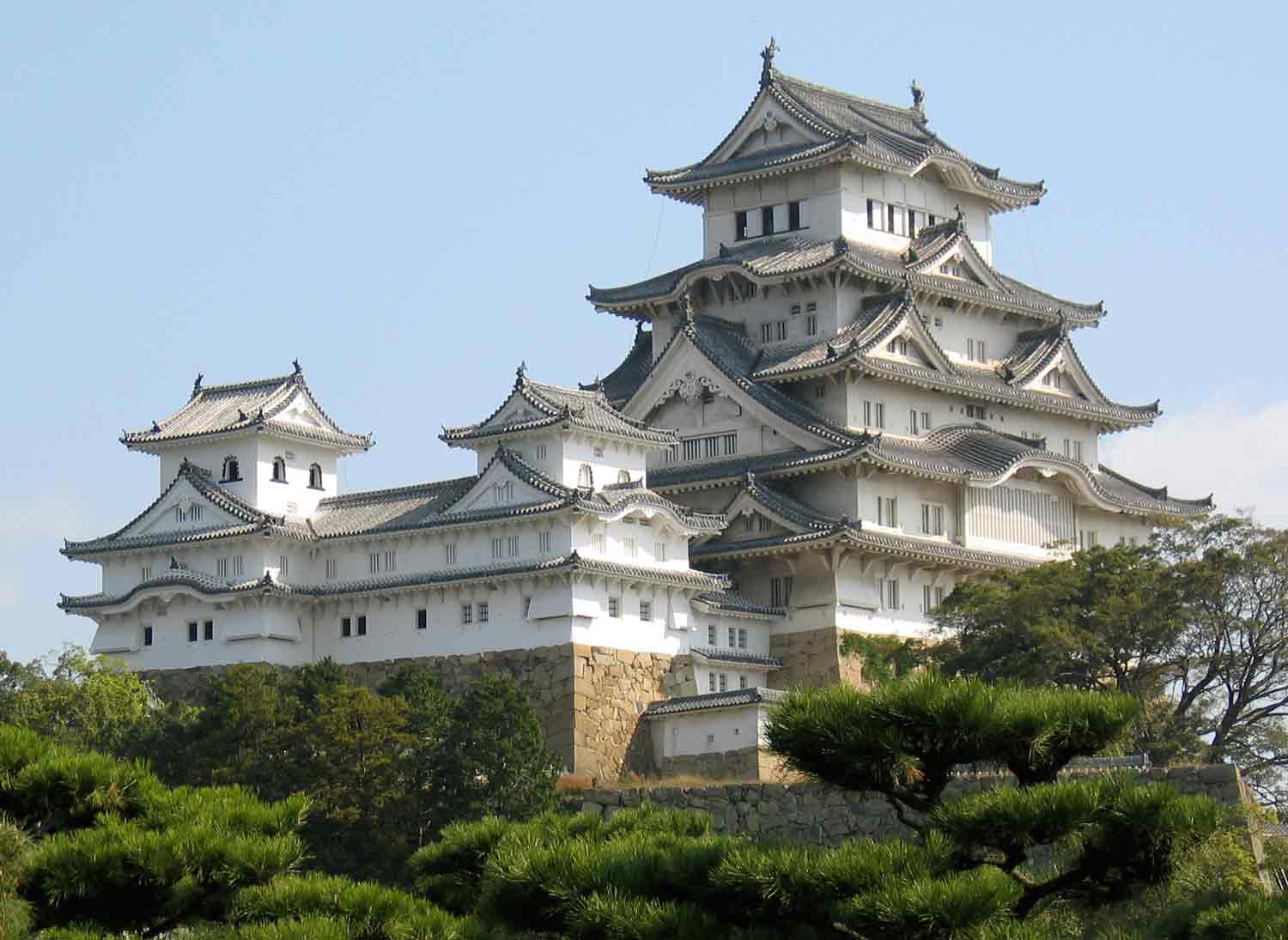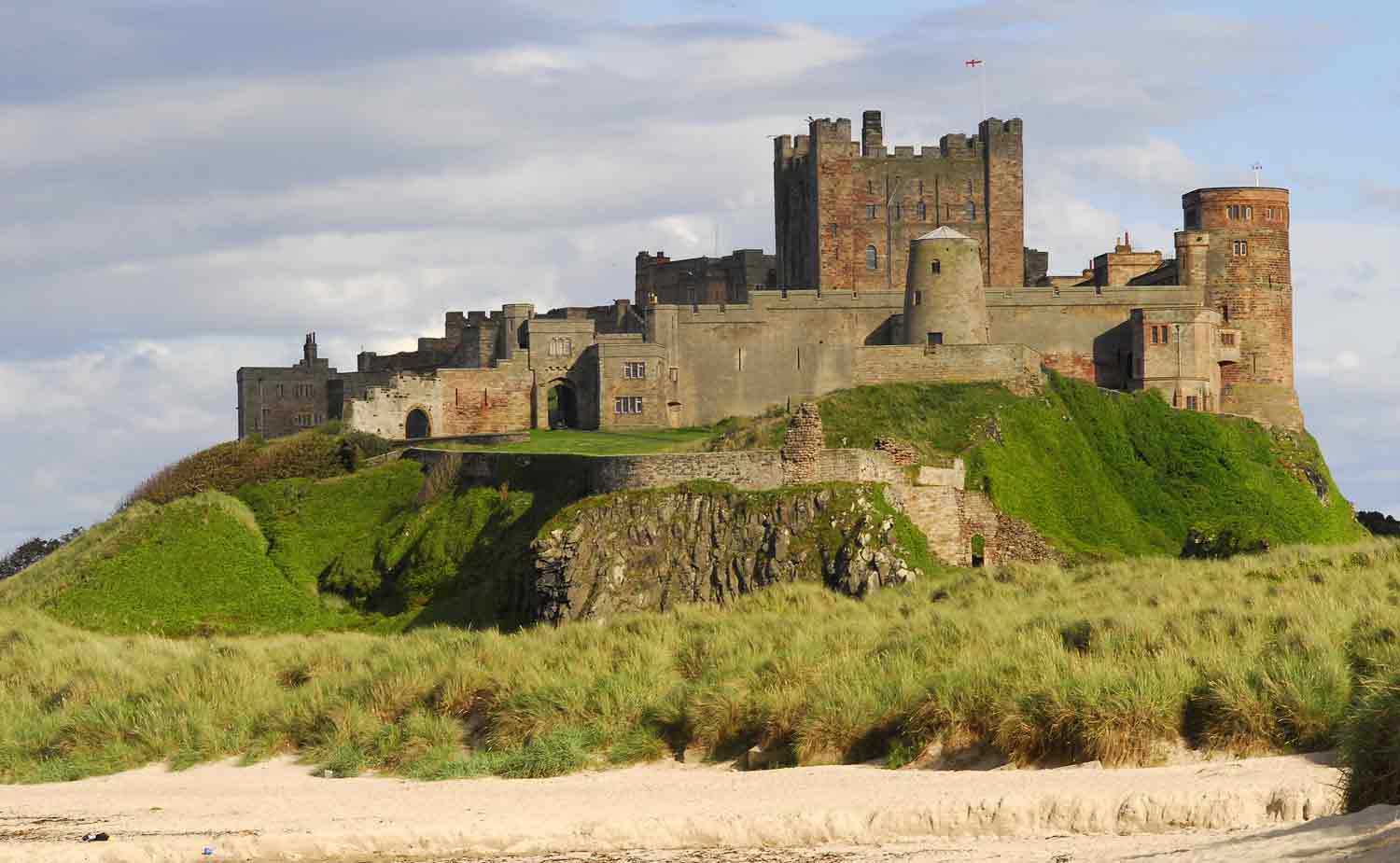A Duke’s Castle
Archaeologists have unearthed the ruins of a medieval castle and some of its contents.
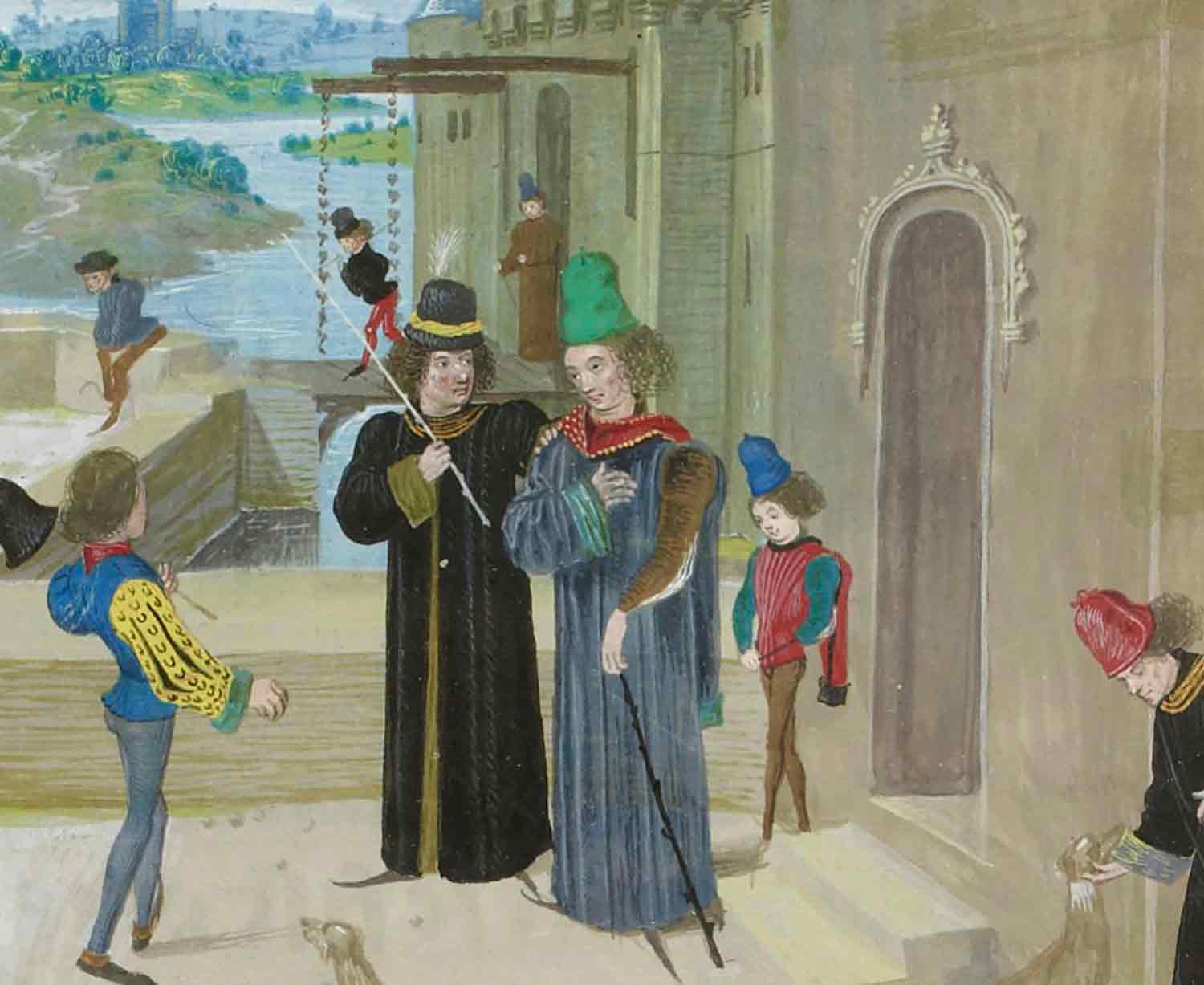
© The Picture Art Collection—Alamy
This medieval painting may show what the Château de l’Hermine looked like.
In the 15th century, a powerful duke abandoned his castle, leaving it to slowly decay. Archaeologists recently found the remains of this castle—along with artifacts its residents left behind.
The castle, known as the Château de l’Hermine, was built in the village of Vannes by John IV, Duke of Brittany, in 1381. Brittany is now part of France, but between the 10th and 16th centuries it was a feudal state, sort of like its own small country. Brittany was ruled by a series of dukes, and Vannes was its capital. The castle was used for about 100 years until it was abandoned by John’s grandson Francis II, also a duke. Another building was constructed on top of the castle ruins in the 1700s.
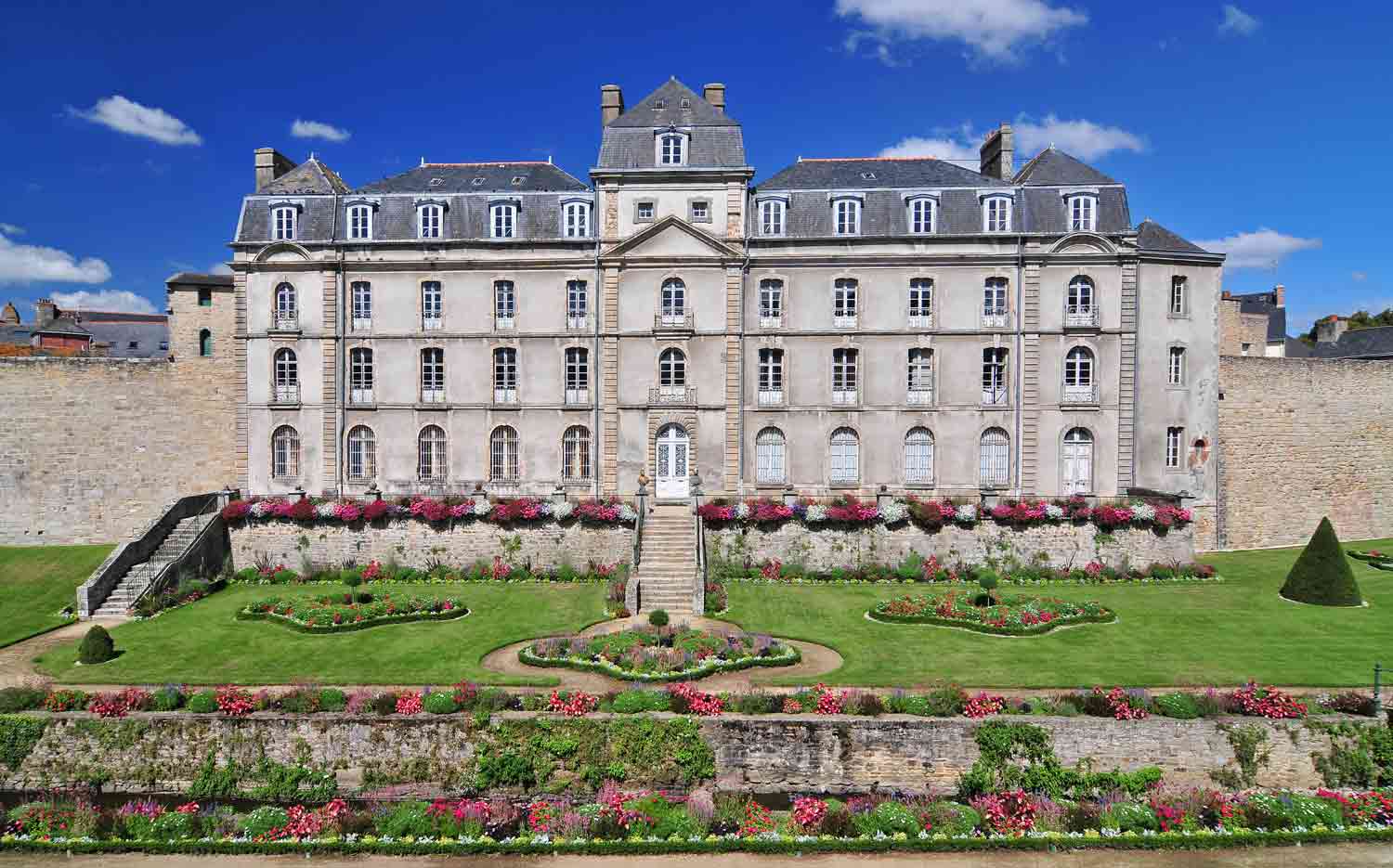
© Cezary Wojtkowski/Dreamstime.com
This hotel was built in the 1700s, on top of the castle ruins.
The newer building had once been a hotel. Archaeologists at the French National Institute of Preventative Archaeological Research (INRAP) were excavating the cellar and courtyard of the old hotel ahead of the construction of a new museum when they came across the castle ruins.
Despite being buried for hundreds of years, the castle’s remains are well preserved, making it an incredible time capsule that reveals the life of a medieval duke. The building was about 138 feet (42 meters) long and 56 feet (17 meters) wide. Its walls were up to 18 feet (5.5 meters) thick. Like other medieval castles, the château was designed as both a home and a barrier against intruders.
Archaeologists uncovered several flights of stairs, leading them to believe that the castle may have been as many as four stories high. They also found latrines (early toilets) and drainage pipes, as well as a moat that surrounded the castle. The main part of the wooden bridge that once spanned the moat no longer exists, but its support piers do.
The moat held many items that belonged to the duke or his family, including metal dishes, jewelry, clothing, shoe buckles, pots, pans, keys, and padlocks.
INRAP says that the ruins are in unusually good condition. This suggests that John IV had the wealth and intelligence to build a castle that would stand the test of time.
“The remains indicate that John IV knew how to surround himself with the best engineers and craftsmen of the time,” INRAP said in a statement.
